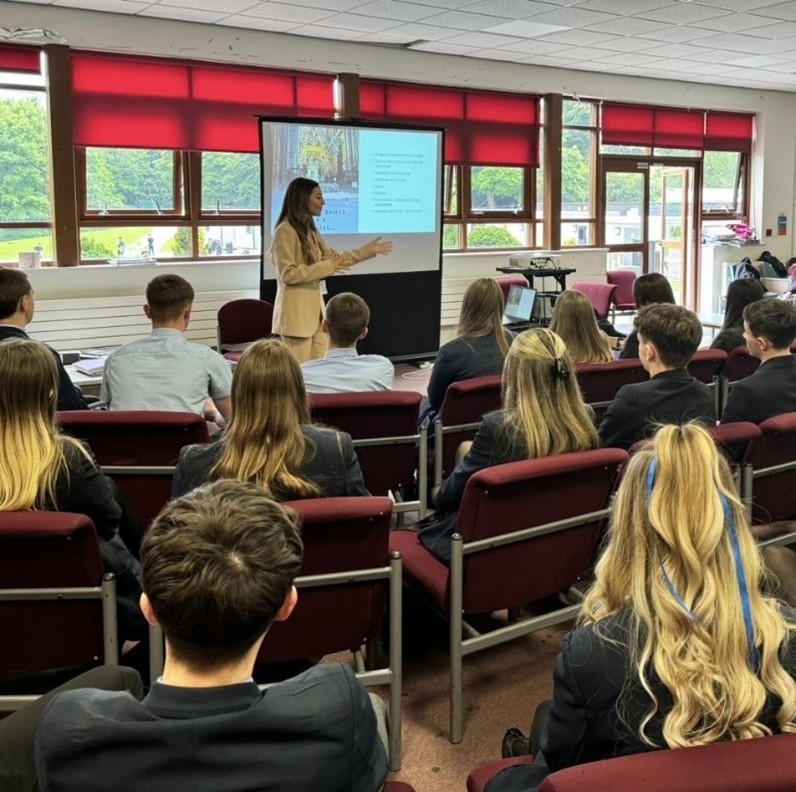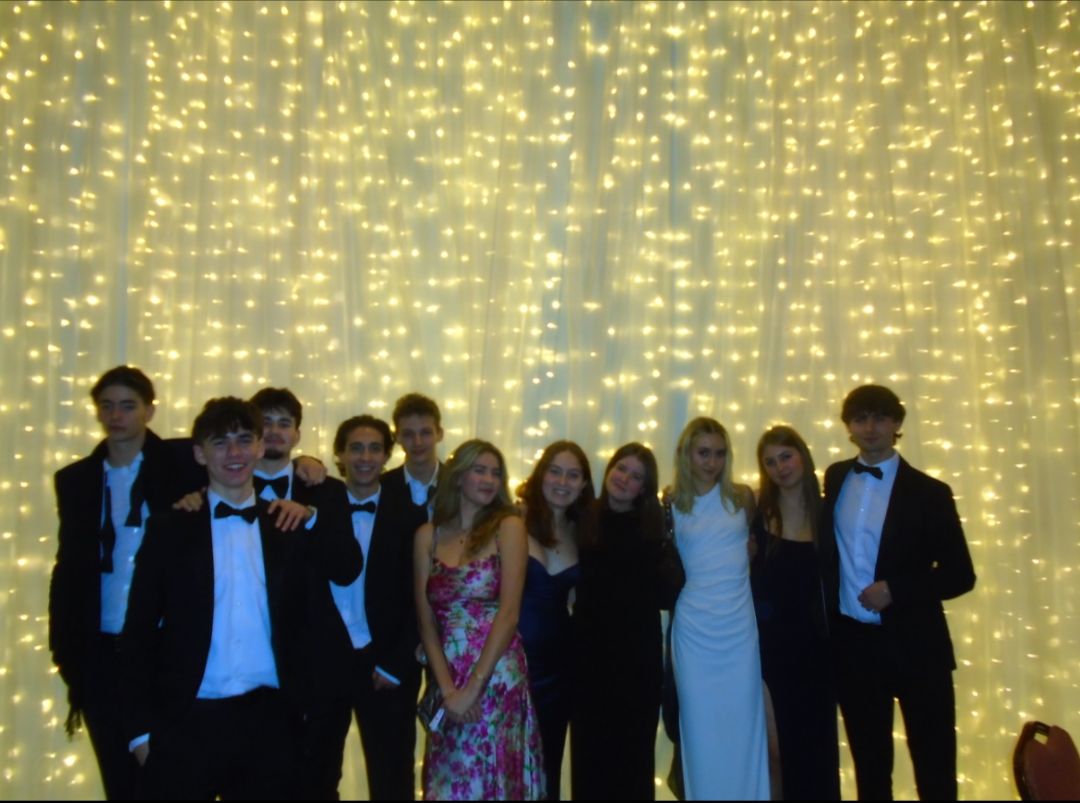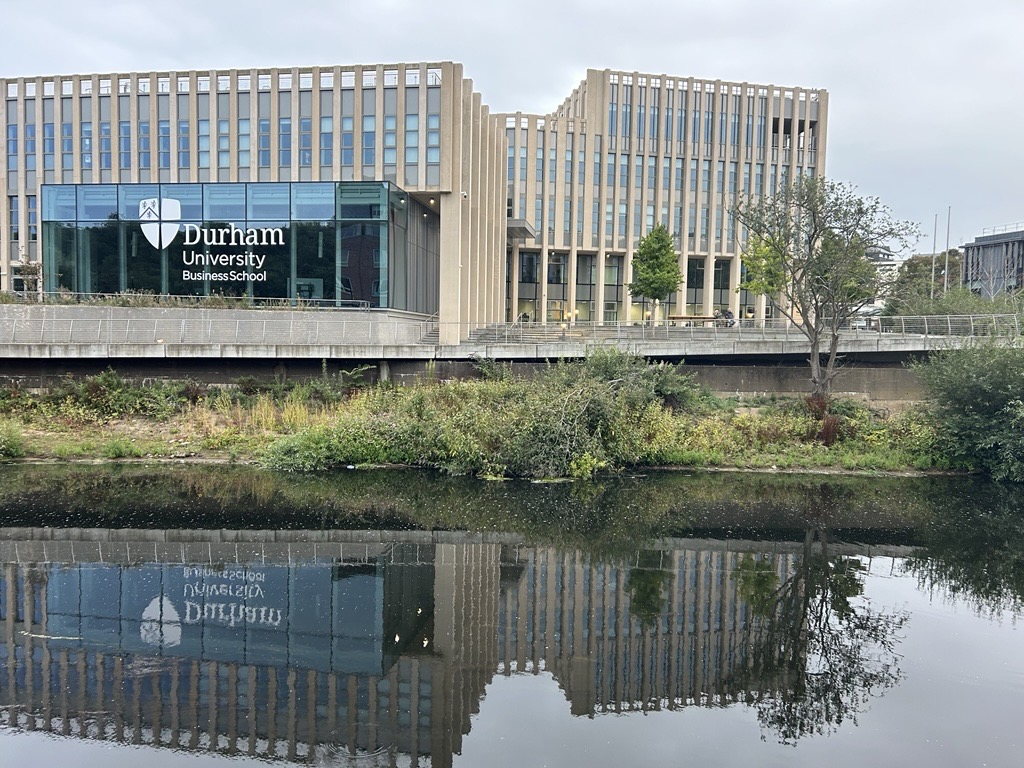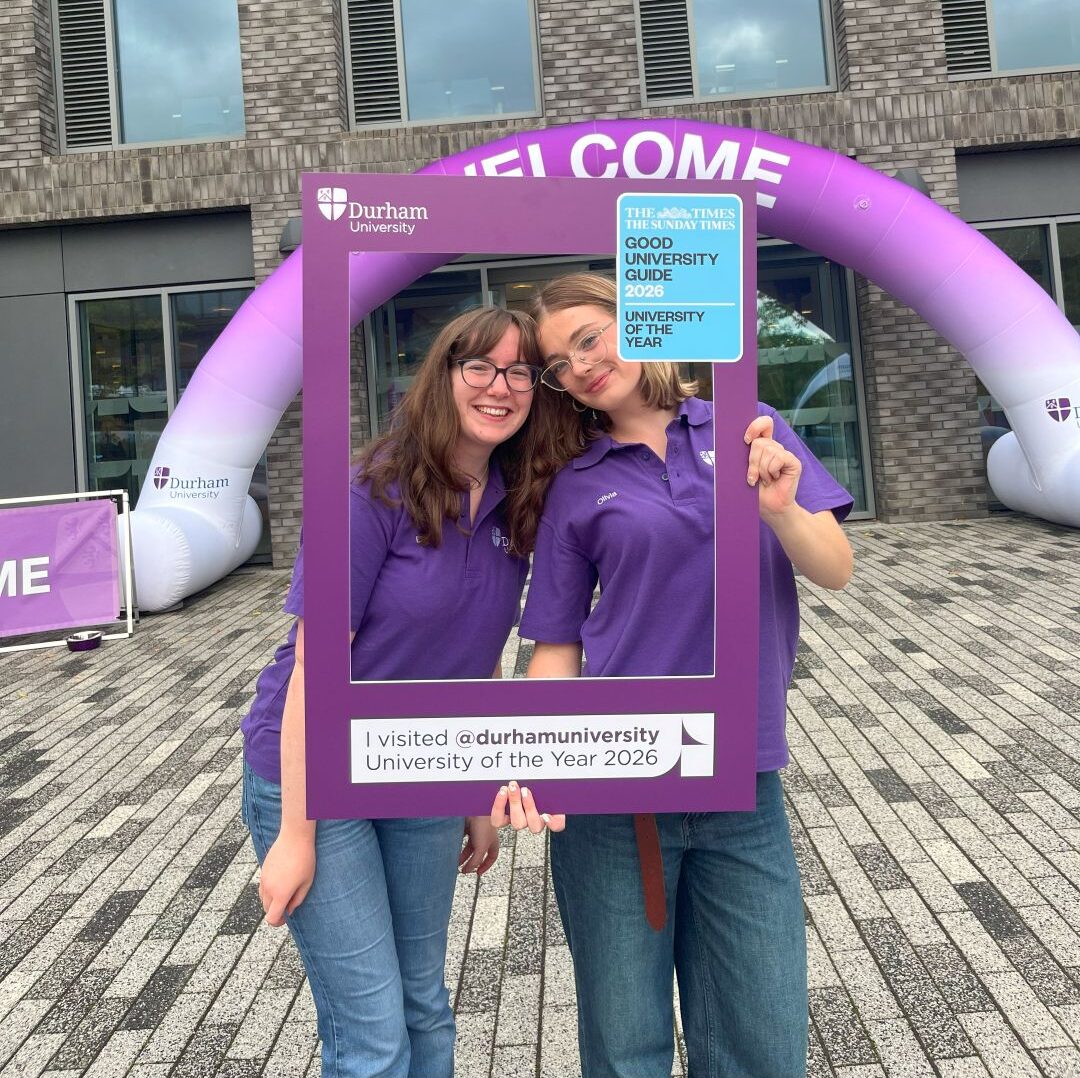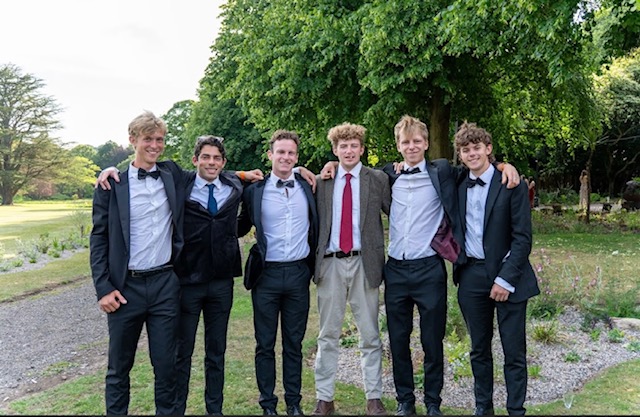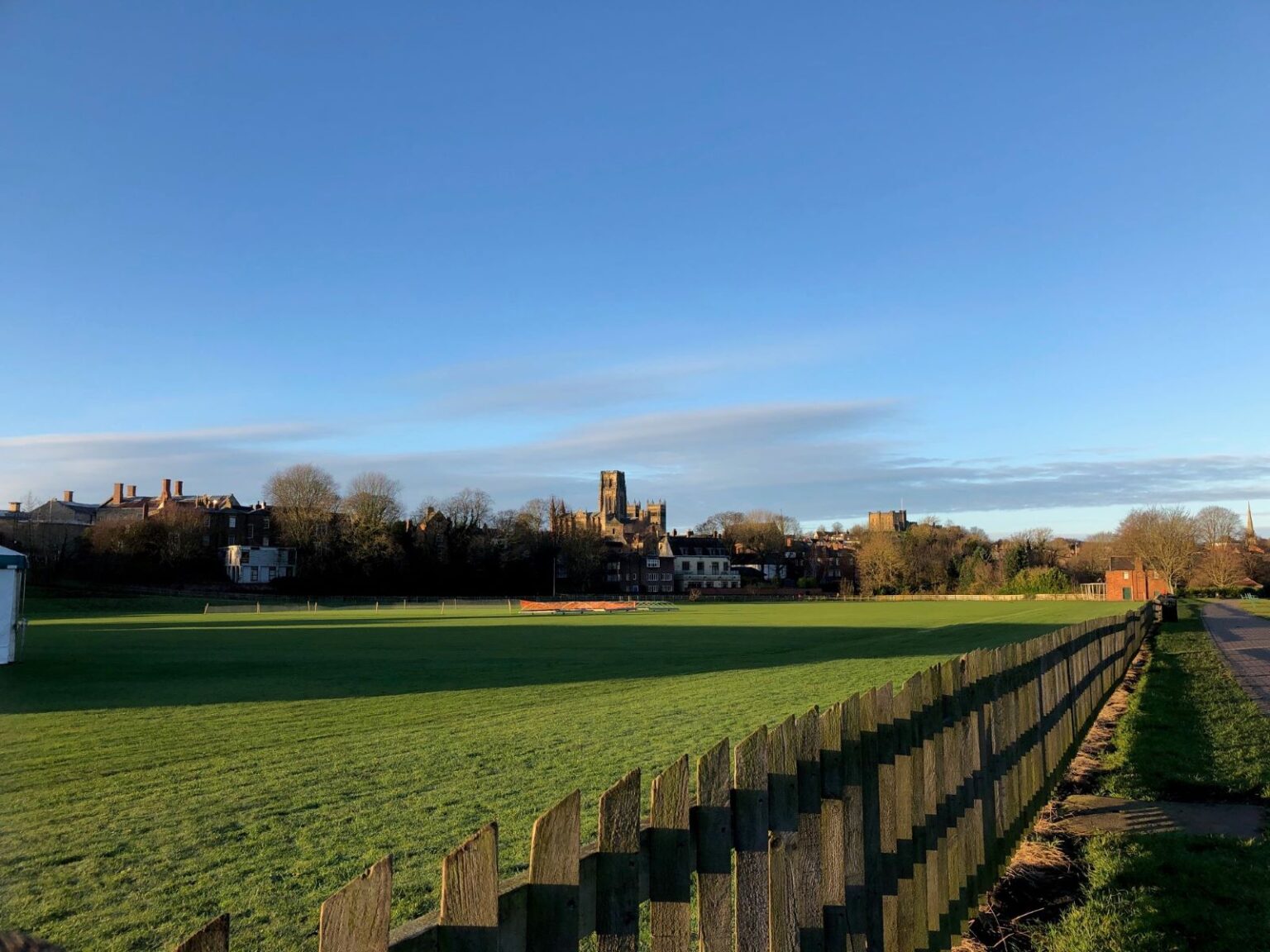I started my journey at Durham University four years ago as an undergraduate student in the Department of Modern Languages and Cultures (MLAC). My four-year degree consisted of a year abroad, during which I lived in both Spain and Italy. Following on from that degree, I decided to undertake a PGCE in Secondary Spanish teaching, also at Durham University.
In this blog, I wanted to explain a little bit about my motivations to study this course and outline the structure of the PGCE.
My motivations for doing the PGCE Secondary
I’ve always been fascinated by learning foreign languages, and after enjoying my degree so much at Durham, I knew that I wanted to pursue a career where my language skills would be at the forefront of what I do. The MLAC department at Durham was an inspiring example of passion-led teaching, which is exactly what I hope to develop further this year during training.
Growing up in the Northeast, I attended one of the state schools that this programme works with, and so I felt that I really knew these types of schools and students inside out. However, if you have no personal experience of education in this area, the course is fully designed to give you that contextual knowledge that will prepare you for teaching in and around County Durham.
Durham’s Education Department stood out to me not just for its outstanding academic reputation, but for its strong focus on reflective practice and subject-specific support. The course carefully blends theory and practice, and the tutors really understand the challenges of language teaching in UK schools, but more so, the challenges of teaching in this region.
Life on the course
Despite only being a month into my PGCE, I can already confirm that it is full-on. Initially, each week consists of one day at university and four days on placement, with the occasional ITaP (intense training and practice) day, which takes place in a different school. Recently, we had an ITaP at Newcastle University where we had a talk from Dr Emma Black (an educational psychologist) about behaviour management. It was extremely helpful and gave us all practical takeaways that we can implement in the classroom. This is just one example of how the course aims to create a well-rounded and professional classroom teacher.
University sessions are split between general and subject sessions, which dive deep into pedagogy, phonics, grammar teaching, and cultural enrichment. We also explore how to make language learning inclusive and engaging for all learners.
Our Spanish cohort is small, and we’ve built a real sense of community, sharing our resources and top tips.
You have 3 written summative assignments to complete throughout the year alongside your teaching and observations. So, between university-based sessions, lesson planning, essay writing and school placements, there’s barely time for much else – but it’s worth it.
School Placements
As a trainee at Durham, you will work at two different placement schools in and around the area. You may work in state, private, faith, SEND, or other types of schools, and the university aims to give you two different experiences where possible.
The first placement is shorter and lasts from September to December. The second placement starts in January and lasts until the course finishes in June.
You do not get to choose your placement school, but if you do have connections to certain schools, you can let the team know, and they may try to accommodate.
Levels of support
I have been overwhelmed by the amount of support available on this course. Each trainee has four different mentors: two from Durham and two from their placement school. This gives four separate layers of support and guidance, which is really helpful. You are also still part of one of Durham’s colleges and can always access that for help too.
Living in Durham
Durham is a dream. The cobbled streets, collegiate life, and riverside walks offer a perfect balance to the intensity of the course. I’ve found comfort in college formals, quiet study spots, and the occasional café catch-up with fellow trainees. It’s a place that continues to feel like home for me.
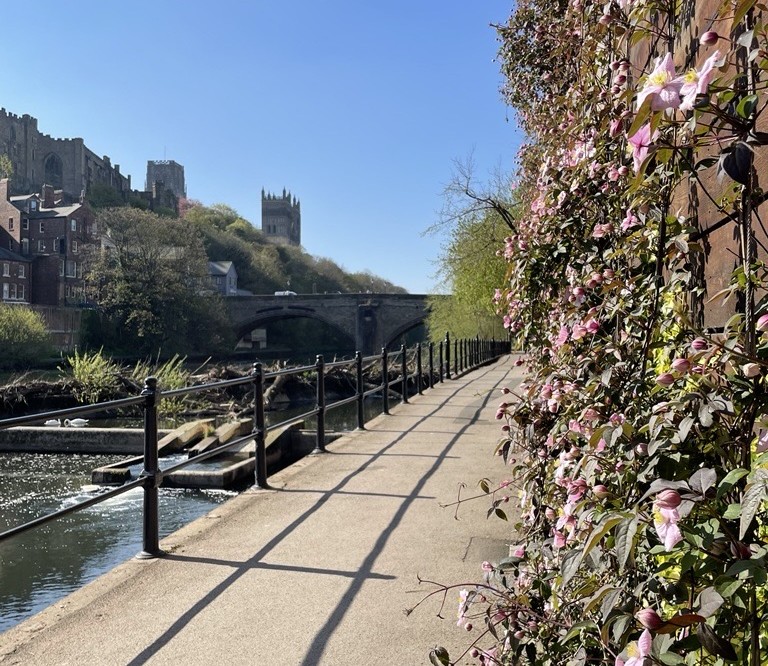
Top tips for future trainees
- Be kind to yourself – progress isn’t linear. You will have bad lessons, but that doesn’t make you a bad teacher
- Depersonalise the classroom. Take each lesson as a fresh start
- Plan, reflect, and be organised. Get on top of assignments
- Build positive relationships – with students, colleagues, mentors, and peers
- Bring your passion for the subject into every lesson. The students love it
Teaching Spanish is more than grammar and vocabulary; it’s about opening doors to new worlds for students who might not otherwise have those opportunities. The PGCE at Durham is giving me the tools, confidence, and community to step into the classroom with purpose.
Discover more
Create your own personalised prospectus here.
Follow my fellow content creators at The Durham Student on Instagram, TikTok and YouTube

Mia Ainsley
I am currently completing my PGCE in Secondary Spanish with the Education department. I also studied Modern Languages and Cultures (MLAC) at Durham as an undergraduate and during that time, I completed a year abroad in Spain and Italy. I'm a supported progression student from the North East and a very proud member of Josephine Butler College. When I am not on placement in the classroom, you can probably find me reading a thriller book or baking. As a student, I have taken part in some of Durham's societies. I was a project coordinator for MLAC Outreach Society, a Student Ambassador, and a member of the 93% club.



